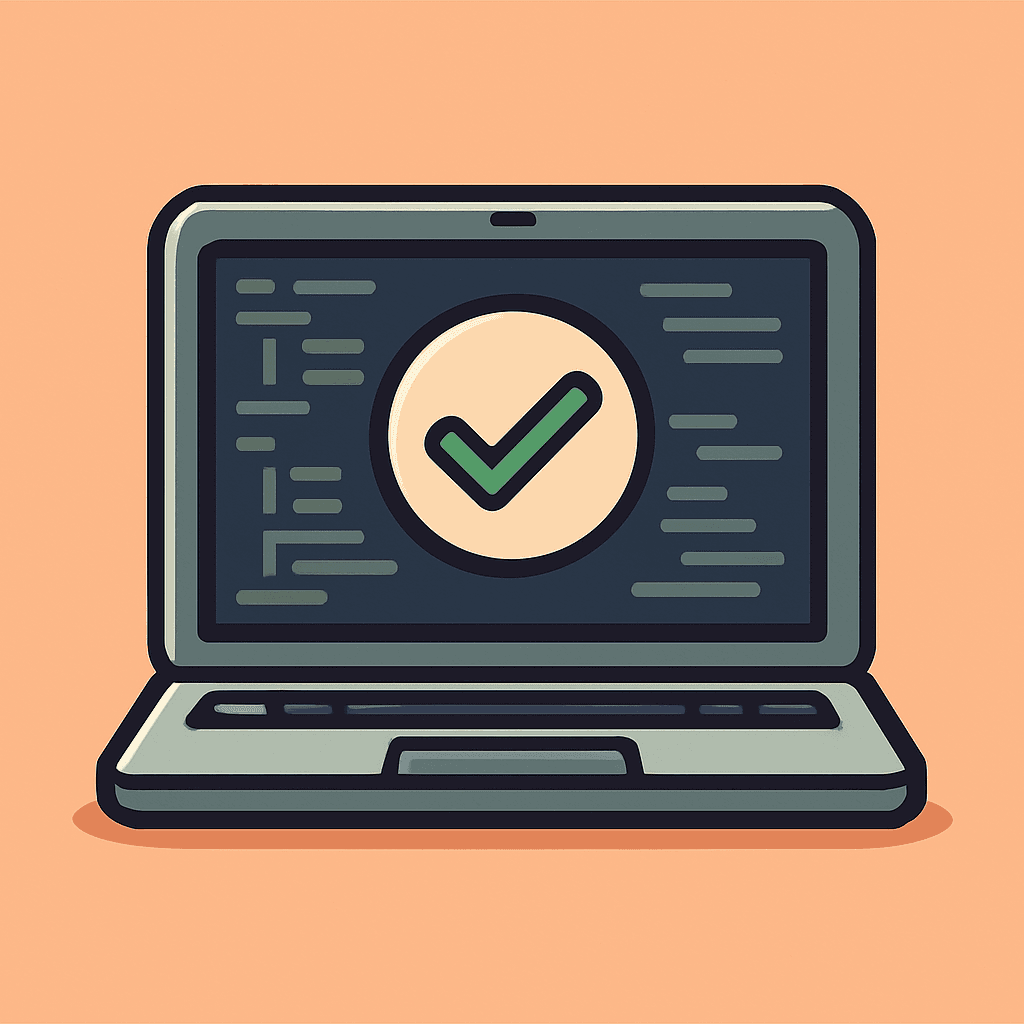Test-Driven Development in DjangoA Crash Course That Actually Helps
Testing isn’t just something you "should" do in Django. It’s something that saves you time, stress, and future headaches. Whether you're shipping features or fixing bugs, having tests makes things smoother, cleaner, and way less risky. This guide is for programmers who want to get things done. No jargon, no theory overload. Just real examples and workflows that actually work.

Why Testing Makes Life Easier
- Catches bugs early
- Protects your features from accidental breakage
- Makes your code modular by design
- Doubles as documentation for what your code should do
Step 1: Understand Django's Built-in Testing Tools
Django uses Python’s unittest framework under the hood, with solid support for models, views, and URLs.
To run all tests:
Django auto-discovers tests in tests.py or any file inside a tests/ directory.
Step 2: Organize Your Test Files
Structure them by functionality to stay sane:
Step 3: Stop Writing Repetitive Setup (Use Factory Boy)
Install with pip via shell: pip install factory_boy
Define factories:
Step 4: Write Real Tests (By Type)
4.1 Model Test
4.2 View Test
4.3 Form Test
4.4 URL Test
4.5 Template Test
4.6 Serializer Test
4.7 API Test
4.8 Command Test
Step 5: Master the Helpers
reverse()– safer URL callsresolve()– check viewsassertContains()– validate response contentsetUpTestData()– one-time setup per class
Step 6: Practice the TDD Cycle
Write the test first and make it pass:
Step 7: Start Using TDD in Real Projects
Even if your project is old, start writing tests before new features or bug fixes.
Step 8: Check Your Coverage
Install coverage:
Start with one test at a time. Use Factory Boy. Follow the TDD cycle. Your code (and future you) will be much happier.








